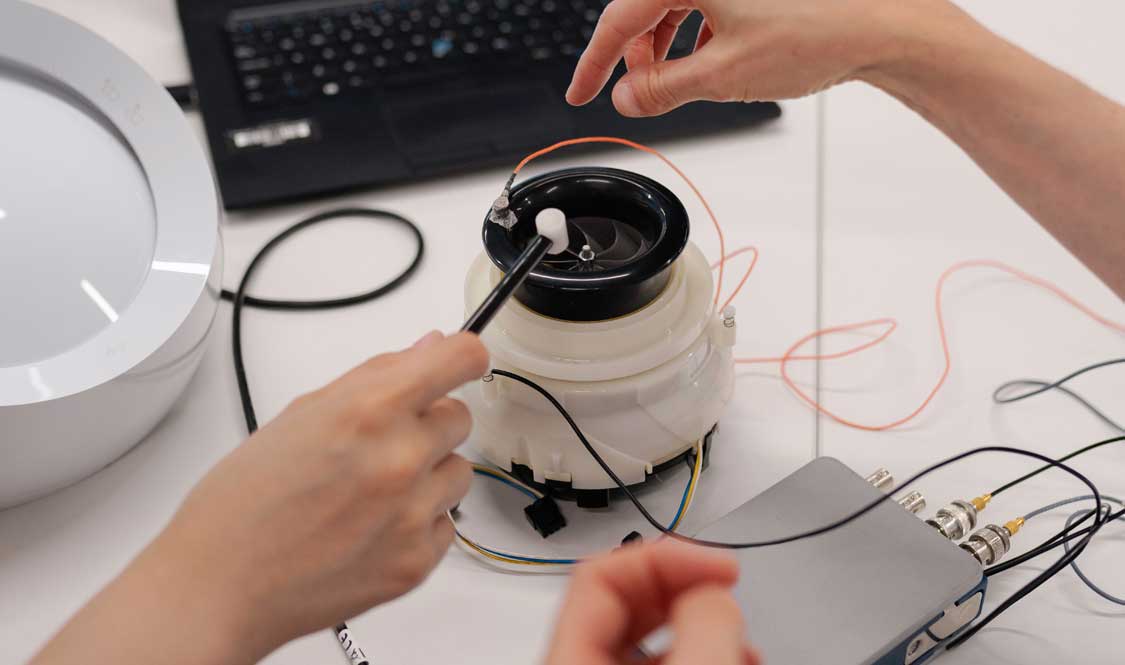
The Importance of Prototyping During Product Development.
Whether you’re a one-time inventor, designer, professional or entrepreneur, you will most likely need to build a prototype to help validate your product idea. If you’re planning on skipping building a prototype because of timing or monetary reasons, think again because you’ll be in for an unpleasant surprise.
Prototyping will typically save you money in the long run and is one of the only ways to validate if your idea really works. The construction of a prototype allows you to hold, interact, test and make any possible corrections. In many cases several different prototypes are needed to define not only the form or texture but the materials until you reach that desired final design that will make it to manufacturing.

How many prototypes will I need?
Prototypes come in many different flavours depending on where you are in your development cycle and the complexity of validation. This range of prototyping can start from a cardboard cut-out pieces glued together all the way to a CNC machined part which will almost look like your final product will in mass production. As long as there are changes needed to the product, most likely you would need to create other iterations of prototypes until you are completely satisfied.
The exact number of prototypes you may need to make varies drastically depending on many variables. Ultimately, your goal is to build the best version of your product and prototyping is a crucial part of that process. This is something that will definitely save you money and time in the long run.

Prototype Goals
The first few prototypes may be crude looking but can be made to look as close to final production when you’re nearing the end of modifications to your design. Prototypes can be used for marketing, for a pitch to sell or license a product, not just for testing. Whichever the reason, it is highly recommended you make multiple prototypes.
The ultimate goal of a prototype is always validation. A prototype is the only way to accurately evaluate if your idea works, even if you want your prototype for other goals. Here are a few things to consider and apply to make sure you are on the right path to a successful prototype:
- Validation: Test the idea to validate its function & make sure that your idea really works. If this is your ultimate goal keep in mind your prototype doesn’t need to have a specific finish like the final manufactured parts. If you are 3D printing your prototype, you’re typically able top start assembling and test after the parts have ben cleaned. It doesn’t even have to be a 1:1 scaled model to validate it, you can easily (and Wisely) choose to make a smaller scaled version of a mechanism or part if possible. If it doesn’t work the first time, don’t be discouraged, this only means you’re exactly on the right path to success. Learn what you can from what you made, tweak your CAD models and test again. This process can take time, but remember what’s important here, this is to find out if your idea really works or not.
- To Showcase: If your prototype has the additional goal to use it as a display or for a presentation, the model can be made to look like a production part. Ideally try to make a 1:1 scale model but if your idea is too large, a scale model should suffice. With the goal to display, present or pitch your prototype you probably would like it to look like the final product. So when a possible interested buyer, investor or company interacts with it they don’t have to guess a how they might interact with and see your product in use. If you go the extra mile and mock up packaging, this is the way to present it to interested buyers.
A proper prototype study is probably the best investment you will make during your product development process. If you have an idea and are in the process of developing a prototype and need a help, give us a call.
Recent Comments